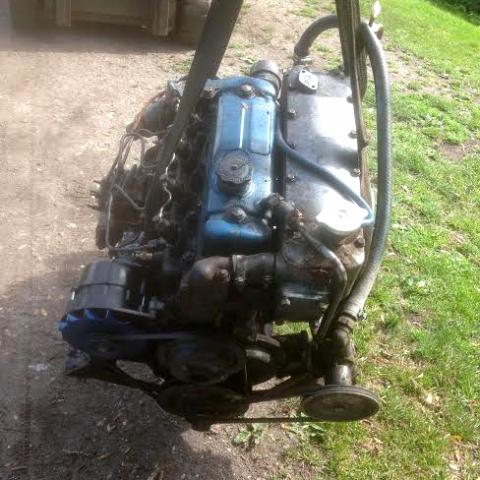Too much pressure? – River Canal Rescue wade into London boaters
River Canal Rescue, a commercial marine breakdown service, has said the “explosion in live-boards” in London is putting “pressure” on its business.
In a press statement released this week, RCR managing director, Stephanie Horton, said that the number, standard and condition of boats in London is causing “frustration for our engineers.”
One of the top key issues for RCR, it claims, are boats in London being used as “cheap accommodation and therefore poorly maintained,” adding that “many boaters have never owned a car so are unfamiliar with even basic engine workings.”
The latest Canal and River Trust boat count in 2016 reported that the number of boats spotted in London in the annual snap-shot boat count held every March had increased by “just over 400” to 1,615. In 2010, when the annual boat count first started – there where 413 boats with no home moorings in London.
A recent boat use survey sent to 3,675 London boaters - both with and without a home mooring -reported that just over half of the respondents claimed to be using their boat as their “primary home”. Just over half of the respondents living on boats said that they had been doing so for less than three years.
The press statement from RCR adds to the increasing pressure being put on London livaboards from canal-related organisations.
Responding to a BBC R4 ‘You and Yours’ news short about why more people are living on the water, a spokesperson for an umbrella group for inland navigation authorities also singled out livaboards with no home mooring.
Julian Cannard, Chairman of the Association of Inland Navigation Authorities, told the BBC that the canal and river network was under pressure and that livaboards living on unsafe boats and not “paying their way” where costing the taxpayer “a great deal of money”.
The AINA states on its website that it was set up in 1996 with “strong encouragement from government to provide a single voice for waterway management and operation”.
“You have to remember that the waterways in this country are now principally a leisure resource for recreation,” said Julian Cannard.
“They were never intended to meet an increasing national housing need and there appear to be many more people trying to live on board boats than the network can deal with.”
“Whilst I think there are plenty of people who would like to live aboard safe boats and comply with all the rules and regulations, there’s an increasing number who don’t want to play by the rules, or pay their way.”
“That’s costing the taxpayer a great deal of money and could have an impact on the unique asset that is this nation’s waterways.”
Yet, in 2016 CRT claimed that licence evasion – or boaters not paying their way – was at its lowest level ever. The Canal and River Trust’s annual national boat count shows that licence evasion on its waterways has reduced to 4.4%, with 95.6% of boats holding up-to-date licences. This is the seventh year the rate has stayed below 5%.
Speaking at the time about the successful reduction in boaters not paying their way, Mike Grimes, former CRT Head of Boating said: “I’m pleased that licence evasion continues to remain below 5%.”
“The contribution boaters make to our canals and rivers helps fund their vital upkeep and it’s important for everyone to play their part.”
The River and Canal Rescue and the Association of Inland Navigation Authorities join the influential Inland Waterways Association in organisations that seek to influence CRT in saying that ‘something must be done’ about livaboards in London with no home moorings.
By LB News
(Picture © LB News: ‘Its fucked mate’)
If you are a London boater and want to respond to this or any other story with a blog, vlog or pod, or if you are a potential boaty news-hound and want to join LB News editorial, then contact us at londonboaternews@gmail.com.






